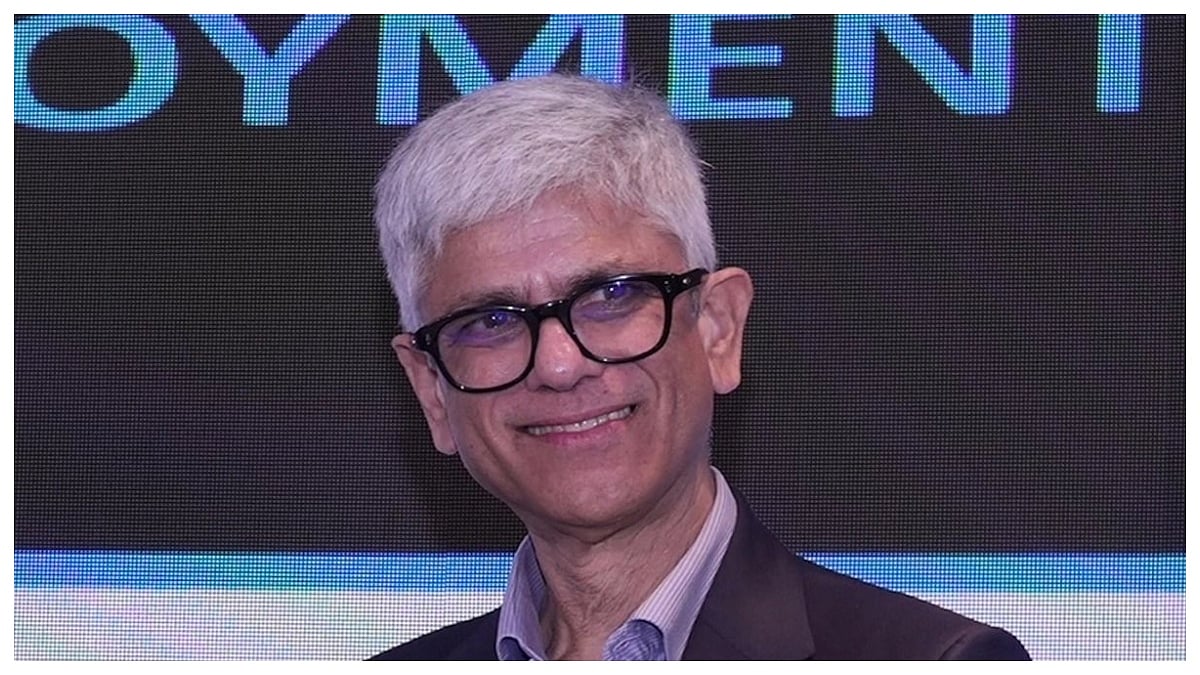The recent Tawang clash has caused a huge uproar with demand to sever trade ties with China. However, China is India's second biggest trading partner after the United States. In fact, India's imports from China have seen a rise after the Galwan Valley Clash in 2020. So is it possible to completely cut off ties with the country when even the US was not completely successful in cutting ties?
India and China relations
India has always preferred to stay away from aggressive power politics and any formal security alliances. Even when the G7 set a price cap on Russian oil and asked India to support the move, India decided to focus on the country's needs instead of global politics. When it comes to China, India has always tried to have positive relations with the superpower, but this doesn't seem to be working in India's favour anymore.
China has for decades been using its military power to press territorial claims, but India has always tried to use peaceful means to deal with this matter. While China has been focusing on developing its military and, in the last decade, has almost doubled its military budget, India has been balancing military modernisation with domestic needs like poverty reduction.
China is also using its military along the 2,000 mile Indo-Chinese border, which has now become Asia's third-hottest flashpoint after Taiwan and the South China Sea. It was only last week when the Indian and People's Liberation Army troops clashed at one of the many disputed points of their shared border. With no deaths, this clash was better than the large brawl between the two countries that happened in June 2020, which resulted in 24 deaths.
It was after the June 2020 clash that the Indian government realised that they may not be able to manage their relationship with China without the support of a strong military. Due to this, India has redeployed troops and other materials to the northern regions to compensate for the PLA's building infrastructure in the region. The Indian government has also started to strengthen its defence relations with foreign powers like the US, Australia, and Japan. The government has also started to crack down on the Chinese apps that were helping China get hold of Indian data.
But this in no way indicates that India is planning to abandon its aversion to the alliance, as Prime Minister Modi met with Chinese leader Xi Jinping on the sidelines of the G-20 summit in Bali. China also remains a big trading partner, with the bilateral trade between the countries increasing to $115 billion between March 2021-22.
India and China trade relations
While India has a trade surplus with the US, the same cannot be said for China, as there is a huge trade deficit. India's imports from China have increased to $115.83 billion in 2021-22 from its earlier $2 billion in 2001-02, but the exports have only increased to $21 billion from the earlier $1 billion.
The trade deficit, the difference between imports and exports, between India and China touched USD 51.5 billion during April-October this fiscal. The deficit during 2021–22 had jumped to USD 73.31 billion as compared to $44.03 billion in 2020–21, according to the latest government data.
According to the data, imports during April-October this fiscal stood at USD 60.27 billion, while exports aggregated at USD 8.77 billion.
The imports from China include electrical machinery, personal computers, monolithic integrated circuits, solar cells, lithium ion, TV image and sound recorders, nuclear reactors, mechanical appliances, organic chemicals, fertilisers, urea and plastics. The major exports to China include ores, slag, ash, organic chemicals, oils, bituminous substances, mineral waxes, iron, steel, aluminium, cotton, and light Naphtha.
Why can’t we cut trade ties with China?
If we decide to cut trade ties, then the pharmaceutical industry will take a huge hit as most active pharmaceutical ingredients are imported from China and are cheaper in comparison to Indian ones. This was very clear during the COVID-19 pandemic, when the exports of Chinese APIs were restricted.
In order to cope with the API dependency, India has been cutting back on the imports of APIs, and at the same time, the government has been promoting bulk drug parks and PLI schemes.
The rise in imports from China is not necessarily a bad thing, as it means that India is trying to become digitally empowered, and it will also boost India's manufacturing economy. It is also allowing India to host global companies that are using a 'China Plus One' policy, through which they can reduce the risk of having to completely depend on China.
The best example for this is Foxconn which is planning to almost double its iPhone production capacity in India by next year. But these factories will just be assembly factories ehich means that the imports from China will only increase. Which means that if we decide to cut trade ties these factories may need to be relocated to a different country, unless we can create plans to make the required products locally.
It is very clear that India cannot completely end trading ties with China. As a $17 trillion economy China may not be affected by this but as a $ 3 trillion economy India will be hit the hardest. Former Niti Aayog Vice Chairman Arvind Panagariyan when talking to PTI said, "Engaging China in a trade war at this juncture will mean sacrificing a considerable part of our potential growth... purely on economic grounds, it will be unwise to take any action in response to it (transgressions on the border)."
The best way to reduce dependency on China is to increase the trade ties with other countires and slowly start preparing for local production.











